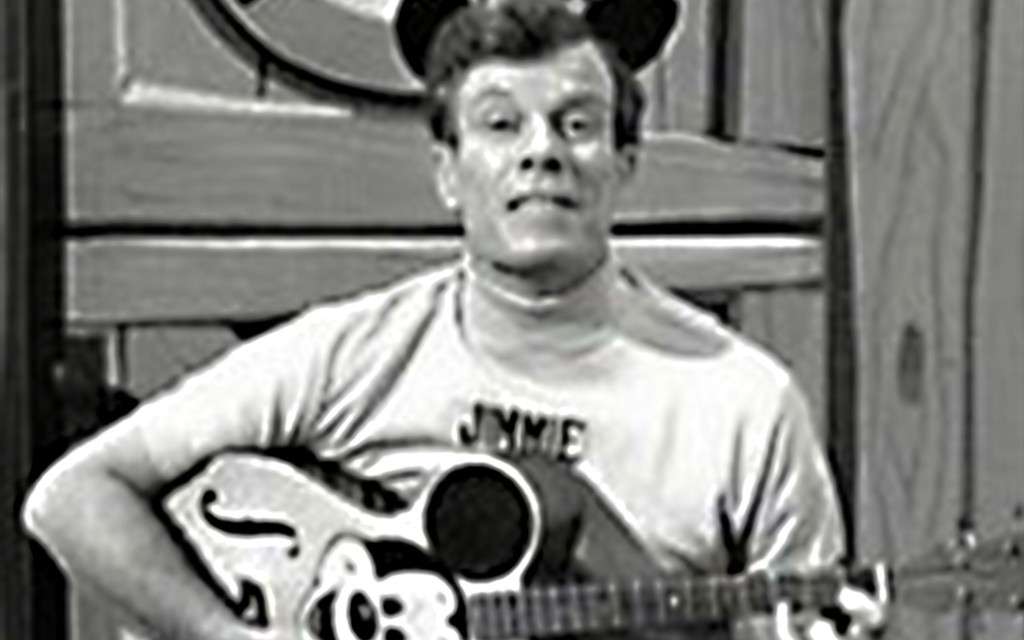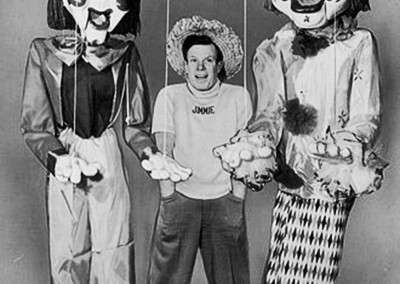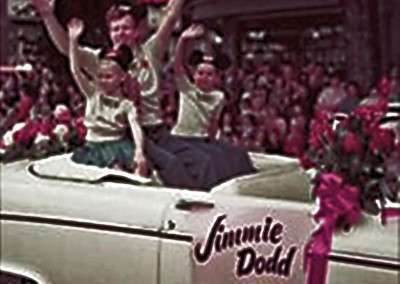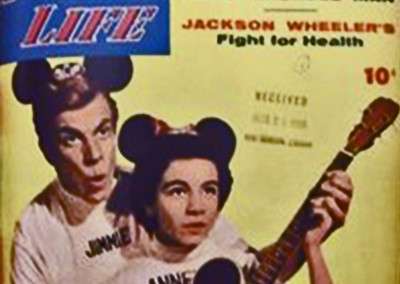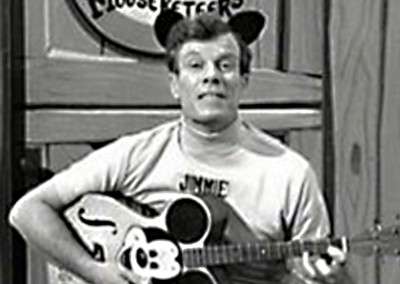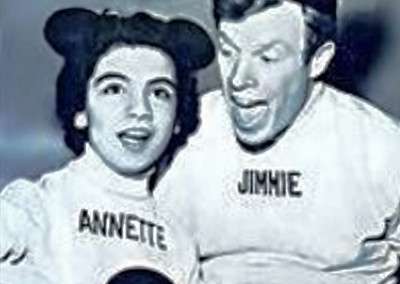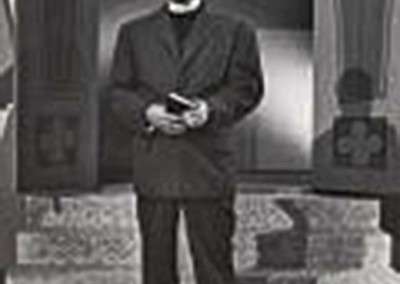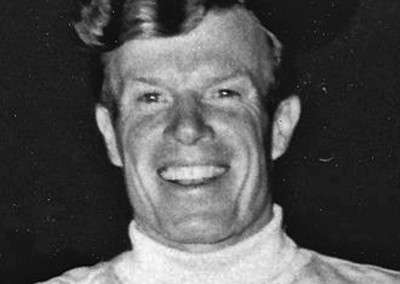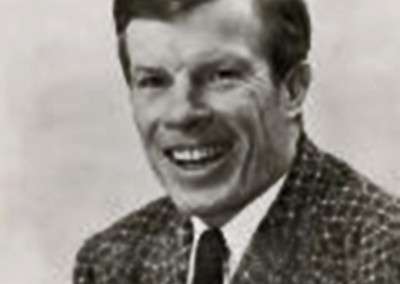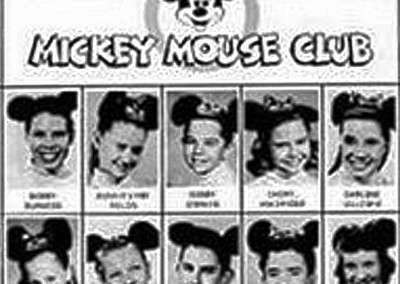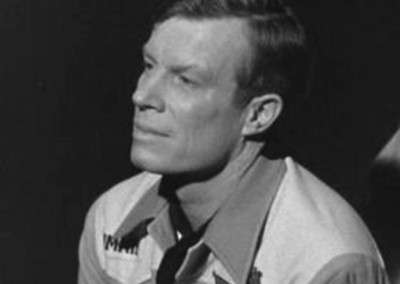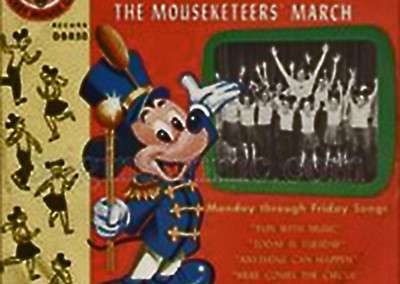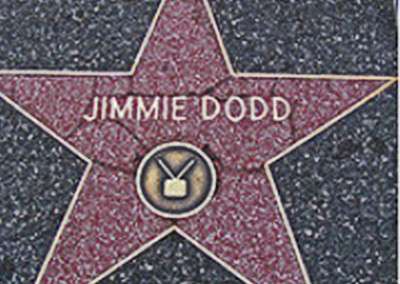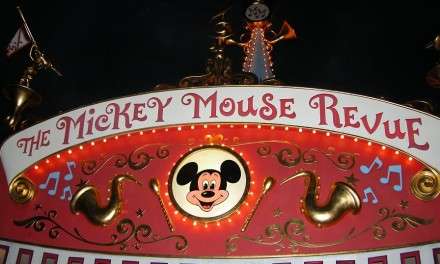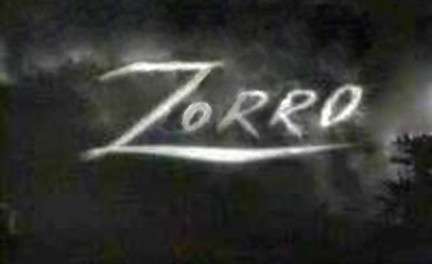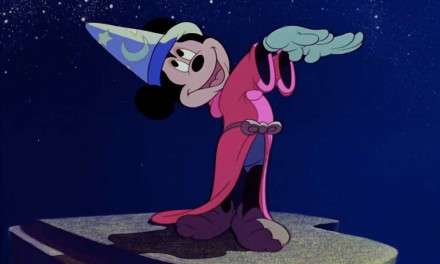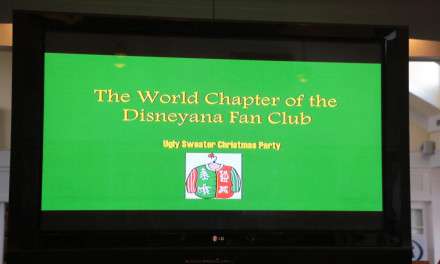“Who’s the Leader of the Club that’s made for you and me? M- I- C- K- E- Y M- O- U- S- E Mickey Mouse! “Most anyone, unless you live on the moon, and any Disney Fanatic knows this beginning line of perhaps the most famous and iconic song ever written for television. The Mickey Mouse Club children’s variety show was produced by Walt Disney was first televised from 1955 to 1959 and was Walt’s second venture into the new medium of TV. The show was a ground breaker for its time, with an ever-changing cast of young, talented performers featuring newsreels, comedy, music, cartoons and a serial. It helped young kids deal with the trials and challenges of teen life with helpful hints and advice.
The two adult mentors on the show were Big Roy Williams, known as the “Big Mooseketeer” and Jimmie Dodd, the true Leader of the Club. It was said that it was Mickey’s Club and Walt’s Studio, but it was Jimmie’s show! So who was this “Leader” that was the cohesive element that made this show a hit with kids and adults alike?
Born on March 28th 1910 in Cincinnati Ohio his birth certificate read “Ivan Wesley Dodd”. (His mother intensely disliked his first name and changed it to “James” when he was nine. Almost 39 years later she amended the birth certificate to James Wesley Dodd, stating that the “Physician made mistake when registering record” Why she waited so many years is unknown). His dad John Wesley Dodd was born in Ohio and worked as a lithograph operator. His mother, Luella Thede was the daughter (One of four sisters) of immigrants from Mecklenburg Germany. Sadness came early for Jimmie when his parents divorced when he was very young. Jimmie and his mother lived with her three sisters, and Jimmie’s father lived only two doors away. At this time, his father became a salesman in a music store.
Jimmie showed early talent as a singer and musician, no doubt being exposed to the music store his father worked in, with easy access to musical instruments and scores of music sheets. He became an adept banjo player and while attending Withrow High School in Cincinnati, he was encouraged to audition for a local dance band. Although his mother remarried in 1922 to an Alfred Brauer and his father two years later, both parents never had that much money, and it was difficult for Jimmie to pay for an education and support himself. However, after High School he attended the University of Cincinnati, where he formed his own band, then went on to the Cincinnati Conservatory of Music. He did not graduate from either institution, but went on to a third school, the Shouster Martin School of Dramatic Arts. It was here that the young James Dodd was exposed to the professional world, as he worked a dance act with then teenager Tyrone Power, and Tyrone’s Mother was Jimmie’s Drama coach.
Things were still tough for Jimmie and most of America, which was mired in the depression. The start of his professional career began with a break in 1933 as a guitarist and singer on a local radio station. From this humble start, he polished his skills in the Florida and Nashville nightclubs. In 1937, he got a gig playing in the Louis Prima orchestra and that brought him to California. He decided to try acting and this was the opening for his second big break. This came in 1940 when he appeared in a mirror role with William Holden in Paramount’s comedy film, “Those were the days”. It was also in 1940 that Jimmie married a dancer named Ruth Carrell. Jimmie had a heart condition, preventing him from serving in WWII, but he and Ruth joined the USO tour, performing for the troops abroad.
In all, Jimmie did appear in 77 films, most in uncredited roles. Some of his more memorable roles were the Flying Tigers in 1942, Corvette K-225, 1943, Janie, 1944, Night and Day, 1946, Buck Privates Come Home, 1947, and Kidnapped in 1948. His best known re-occurring role was that in Republic Pictures series of 51 Western movies named the “Three Mesquiteers”, with each film featuring a trio of Western stars. Jimmie played the role of Lullaby Joslin for 6 films. Jimmie also penned songs during the war, and in 1946 he joined the ASCAP (American Society of Composers, Authors and Publishers) after composing the song “Meet Me in Monterey” (for the Monterey Centennial). It was also during the USO tours during the war that Jimmie and Ruth met Jinx Falkenburg, who was one of the highest-paid and most ubiquitous cover-girl models in the United States during the 1930s and 1940s. It was this meeting that started Jimmie in the new medium of Television. She introduced him to Arthur Godfrey, an early TV 50’s icon who got him work in television in 1952. Jinx also used him on her own New York based TV show.
Before the Mickey Mouse club, Jimmie’s health was always shaky, and after a long illness and hospitalization, he was in a financial crisis. But talented Jimmie won a $1000.00 prize for writing the song “Washington”, which became the official song of the District of Columbia. His unforgettable association as the Leader of the Club, the Mickey Mouse Club, started when his tennis partner, Disney animator Bill Justice called and said the studio needed a song about a pencil. Jimmie wrote the song and was hired at the studio to compose songs for cartoons and the Disneyland show. As the plans for the Mickey Mouse Club amped up, Disney producer Bill Walsh wanted Jimmie for the host. But he knew he had to let Walt think it was his idea, so he had Jimmie preform the Pencil Song for Walt. Walt then suggested that Jimmie should be the host for the show!
In addition to writing almost two dozen songs for the show, many being principal to the show’s identity, including the “Mickey Mouse Club March” which was also used in the closing of the show, using the slower “Now it’s time to say goodbye” verse, Jimmie took part in the casting of the kids for the show (First Season) and also assisted on wwweloping the story boards for the Mouseketeer segments with Roy Williams, and with Hal Adelquist and Bill Walsh. But it was not just Jimmies songwriting and singing talents the helped vault the show into stratospheric ratings, it was his on-stage persona as well. Jimmie came across to the kids and adults alike as a mentor and to some, even a father figure. He had an animated smile, and since he and Ruth were “Born again Christians” he also imparted a broad sense of morality, he was a caring, decent person who was truly concerned about the Mouseketeers and their welfare. He just played himself in the role. His self-composed songs contained positive messages for the kids and this also endeared him to millions of parents.
After the first year, Jimmie didn’t participate much in the show skits, but was always there for the talent round-up segment. Jimmie usually closed the show with a brief commercial plug for Disney products and some advice for the kids. In the later seasons, these quips were later expanded into longer spiels, and were known as “Doddisms”. They contained messages of common sense ideas, building character and safety, all for the kids benefit. One time Jimmie used a drawing by his partner Roy to illustrate a point, and these were given the tag of “Mousekefables” Sometimes his songs were sung by the Mouseketeers. But although Jimmie was all about the kids, he sometimes became upset with them, but was always fair and courteous. He always tried to help them become more professional. Jimmie became close to what was called the Red Team, the select group of first string performers on the show. He chose them to go on personal appearances with him and they accompanied him on the tour to Australia in 1959 and 1960.
Jimmie also treated the kids as part of his family. They were guests at his home for many Barbecues and sing-alongs. He was genuinely loved by the Mouseketeers and they continue to speak well of him today. After the show’s four year original run, Jimmie, who was a contract employee was let go as were many of the Mouseketeers. He did work with the studio from time to time. The show was released to the overseas market and Australia, its biggest fan kept the show on for 14 years. It was this popularity that Jimmie led a tour of Australia with several of the Mouseketeers arranged by promoter Bill Watson. A second tour by Jimmie to Australia in May of 1960 was also meet with a thunderous welcome.
Jimmie was asked by the studio to host a re-release of half-hour versions of the show in 1962. In 1964, he and Ruth were in Hawaii to host a show called “Jimmie Dodd’s Aloha Time”. But by this time, Jimmies health declined rapidly and he passed away from cancer on November 10, 1964 in Honolulu at the age of 54. Mouseketeer Cheryl Holdridge was the last to see Jimmie alive. She and her husband, Lance Reventlow came to Hawaii for their honeymoon. They came to the hospital to see him during his final hours.
So after more than 15 years of acting, Jimmie found his way into the hearts and minds of America. He left a lasting legacy for himself and Walt Disney. His star will shine with Walt’s, because both men have left an inimitable place in the hearts of the Baby Boomers of America. We’ll never forget his ending line…”Why, because we like you!”

